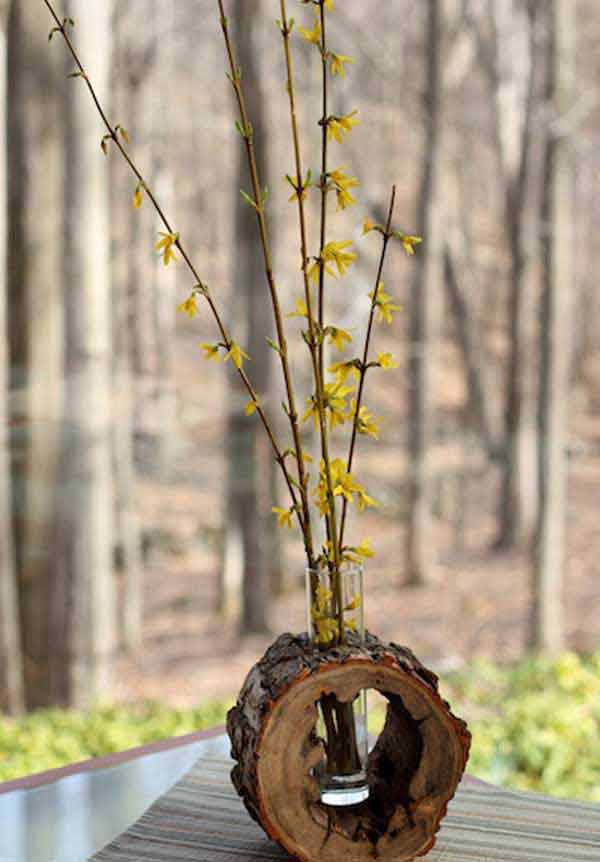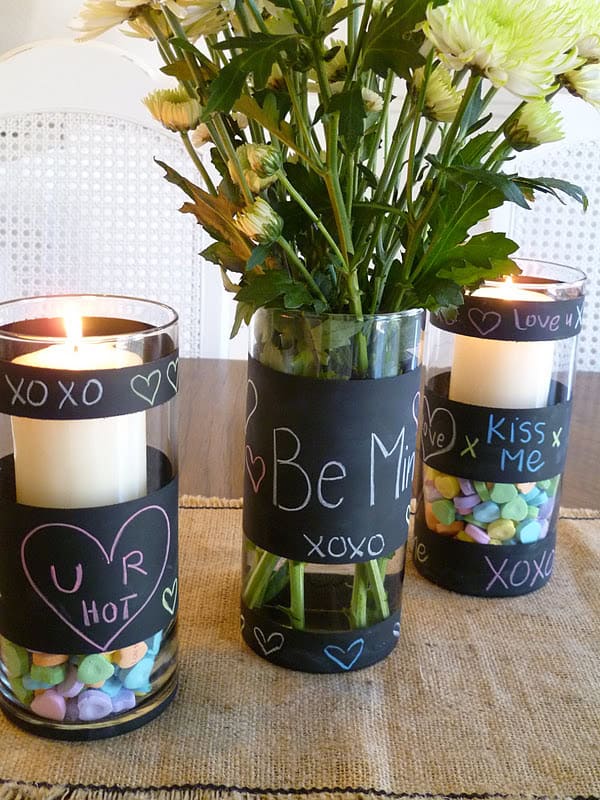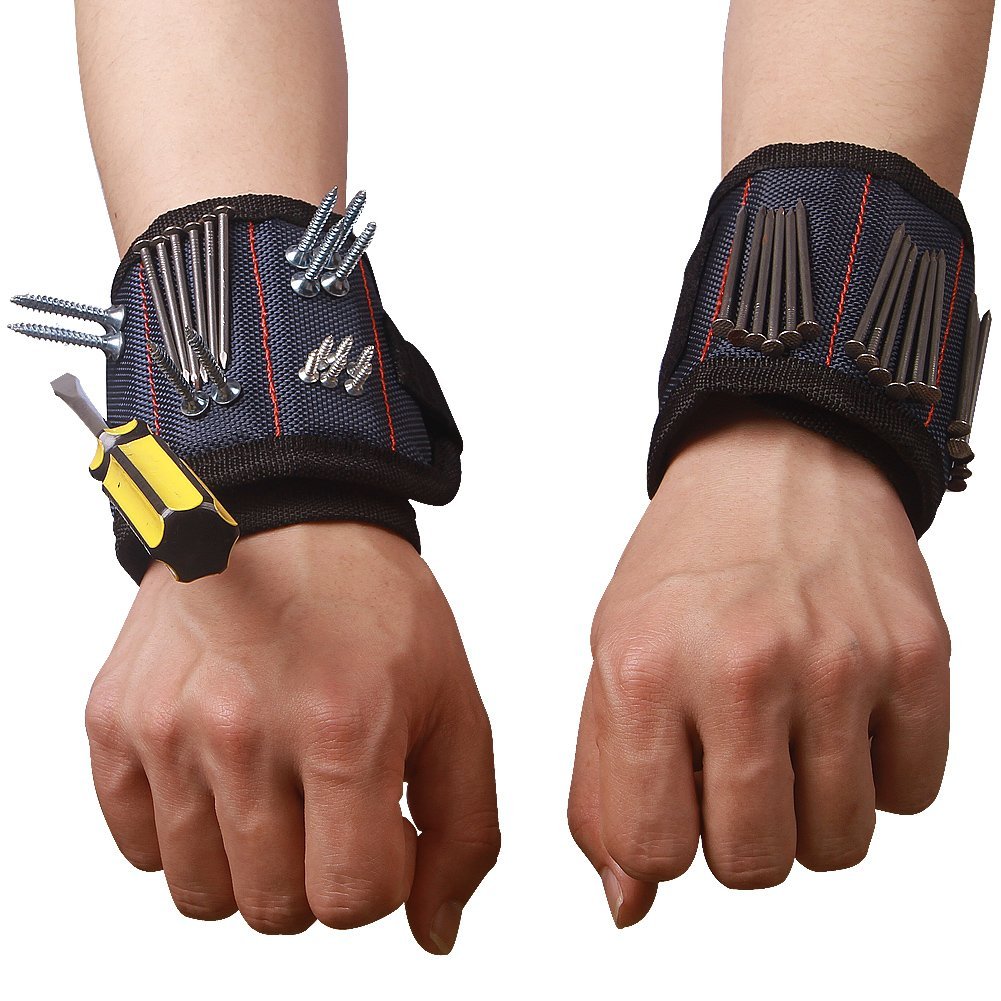Table of Content
These spots look like black lacquer spilled onto the skin. Instead of black spots, some people develop black streaks on their skin. The rash may be found anywhere on the body that has contacted the oil from the plant.

Examples of more critical first aid emergencies include heart attacks, strokes, seizures, and heatstroke. If a pet has been exposed to these plants, wear protective gloves and give them a bath. Exposure to even very small amounts of urushiol amounts less than a grain of table salt will lead to the development of a rash in 80%-90% of individuals. You can blend two cups of oatmeal, uncooked one, into a powder. Add to your warm bath and soak for about twenty minutes. Out of baking soda, make a paste and apply it into the affected area.
What is the prognosis of a poison ivy, oak, or sumac rash?
Applying oatmeal powder-and-water paste on your distressed area may bring much relief. Poison ivy, poison oak, and poison sumac are plants that cause an allergic rash in most people who touch them. The rash is caused by a reaction to an oil in the plants called urushiol. The symptoms of poison ivy, oak, and sumac rash can look like other health conditions.
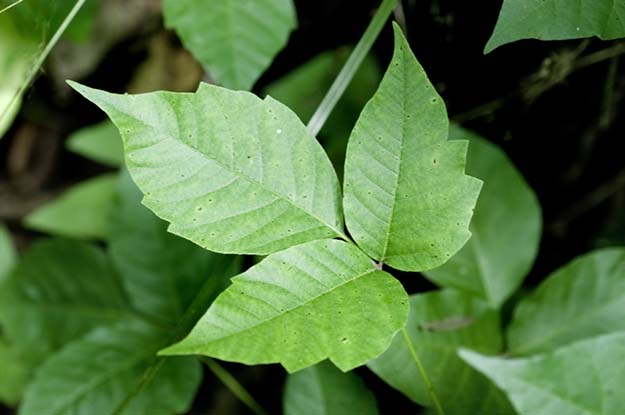
If the plant has been disturbed, the sap is released, clinging to anything it touches. Once you’ve had a rash from poison ivy, poison oak, or poison sumac, your symptoms will appear more quickly the next time you’re exposed. An easy method to get rid of Poison Ivy rashes is cold compress. This is quite a liberating process, as you can take advantage of cotton pad, gauze pad or cloth-wipe to squash your blisters. Put some ice cubes inside a clean cloth and fasten it tightly. Press the knotted cloth against your burning skin and you will see how good it feels instantly!
6 DIY Tips for Watering Your Houseplants While Away on Vacation
Wash everything else that may have come in contact with the poison ivy oil — clothes, pets, tools, door handles and any other hard surfaces. Urushiol could be in your dog's fur, on your shoes, or on the handle of a rake or gardening tool. Long after the initial exposure and after your rash has gone away, you can get red and itchy all over again by touching something that still has the sap on it. Red and swollen – The rash is often streaked or has a linear pattern that follows the shape of the plant. Depending on how much of your skin was exposed, it could cover a small area or be widespread all over your body.
The plant may have yellow or green flowers or yellow-green berries, depending on the time of year. Know why a new medicine or treatment is prescribed, and how it will help you. Treatment will depend on your symptoms, your age, and your general health. Dry up infected skin using the inside of a banana peel. Remember, when cleansing, use cold water especially on the face.
Effective Home Remedies for Uneven Skin Tone – Key to Flawless, Radiant Beauty
Note that its colors can range from yellow to red and change with the seasons. What's more, it may have yellow-greenish flowers and/or fruit clusters. It grows exclusively in wet soil and is most common in the Midwest, but can also be found in the Northeast and parts of the Southeast. Itchy – The reaction makes you want to scratch, which can worsen the rash and help it spread across your skin.
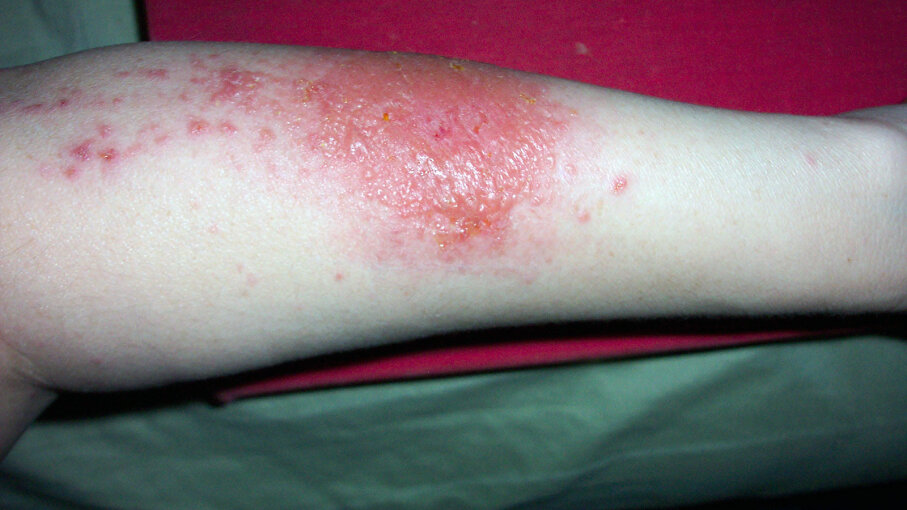
For poison ivy itch relief, keep affected areas cool and moist by damping wet cloth on them. Do it several times a day, but avoid too much wetting and drying. Too much may cause rashes to itch more rather than cause relief. Again, the good takeaway is while it rids of the topical rashes, it is very safe for pregnant or nursing women and children. It is non-prescription but is very effective in removing skin irritants. If there’s only one thing it can’t do, it’s to treat blood-based reactions or systemic poison ivy.
For Sumac leaves, the number of leaflets shoots up to 7-13. If you have penchant for gardening or swimming in river, then there is high probability that you have been struck by Poison Ivy at some point of time. While Poison Oak is mostly found in dry lands, Sumac leaves grow around bogs mainly. As for Poison Ivy, it can be found right next to your kitchen backdoor!

The first sign or symptom will be an itchy rash, which brings us to the "how" of remedying it. The American Academy of Dermatology says poison ivy can last for up to three weeks, so it's definitely helpful to have various ways to somehow relieve it. "Keep the itch down with hydrocortisone cream and calamine lotion," advises Dr. Schupp. Any creams or lotions with antihistamines should be avoided.
Take one banana peel and rub it one the affected area and leave it over skin for about 15 minutes and wash it off with normal water. Repeat this process for 2-3 times in a day which gives your instant relief from itchiness and red pale skin. Have you ever heard about poison ivy, oak and sumac? No, let me tell you these are nothings but simple plants which are grown mostly in Asia and North America in all season mostly in summer season.

The problem is, incidents of allergic reactions are still as perennial as the plants themselves. Rather, treatments are applied to ease the pain and discomfort. Sadly, people are often clueless about what to use for poison ivy and the likes. What do the words “poison ivy”, “poison oak” and “poison sumac” have in common? Well, they may all belong to the same plant family and genus .


